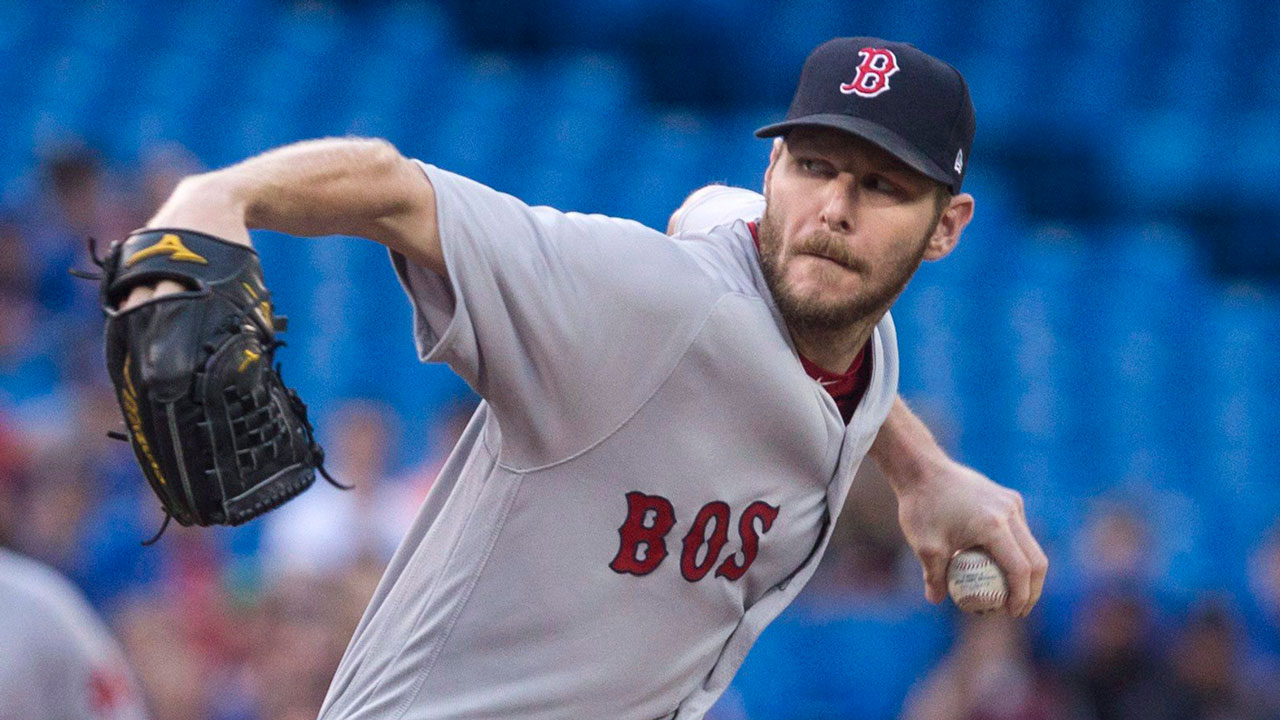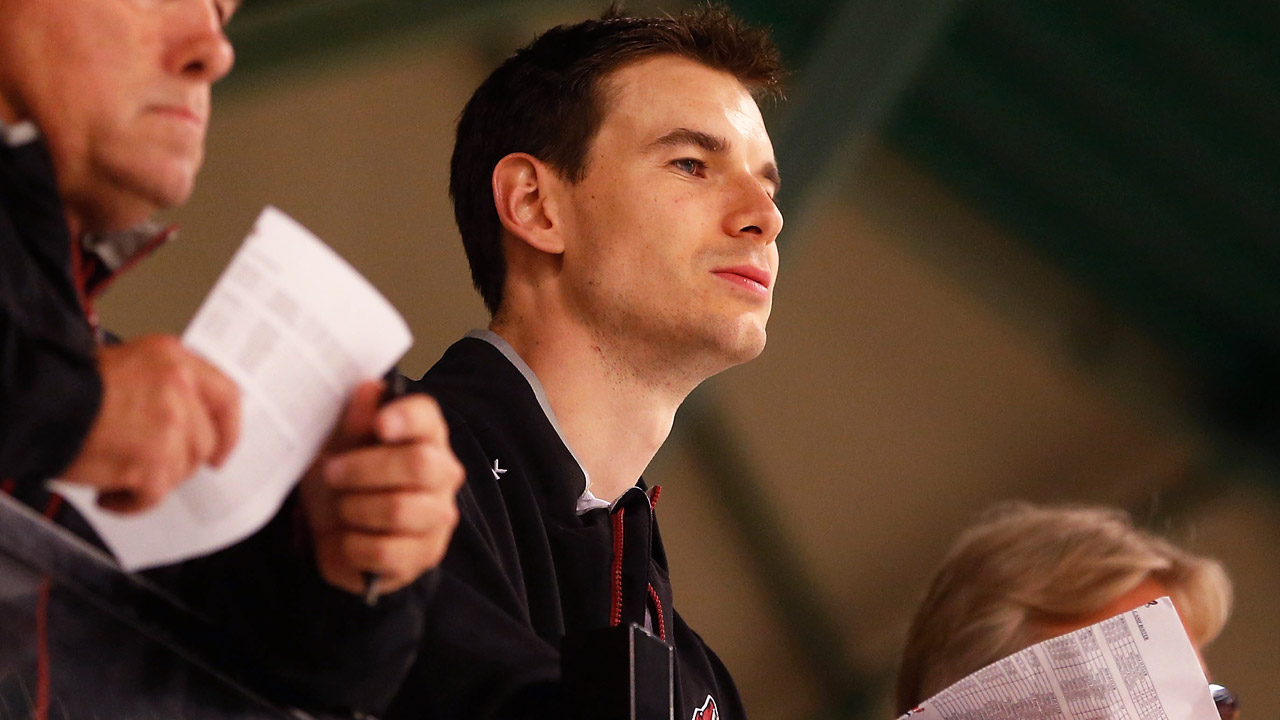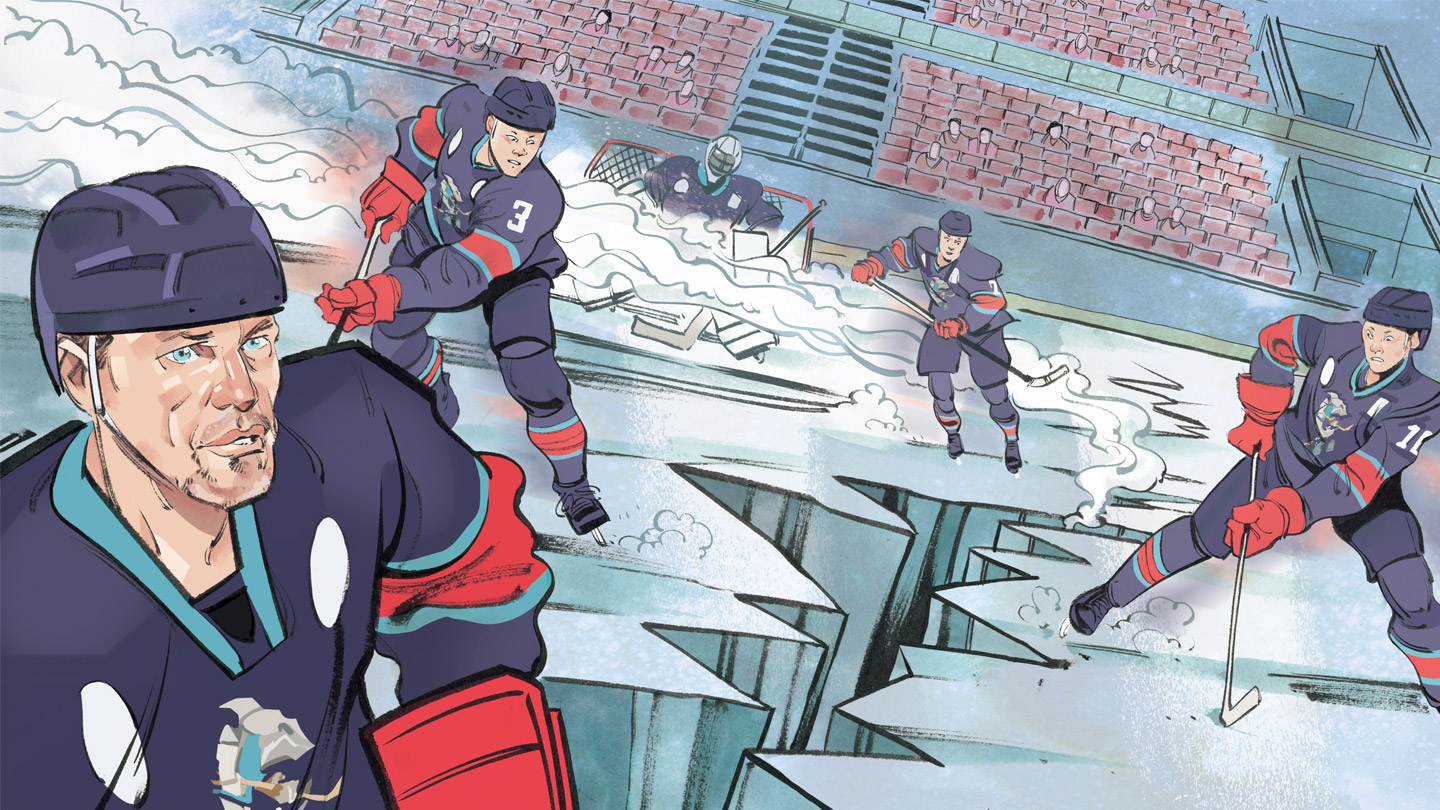Early afternoons are typically quiet at Rogers Centre. Before a Blue Jays night game, players run the steps, ballpark guides lead fans on tours and stadium staff prepare for the evening’s game. Otherwise, it’s dead. The field itself is unused.
Shortly after 4 p.m., though, a different scene kicks off. Dozens of players and coaches pour onto the field and start hitting and throwing a couple hundred baseballs in all directions. Some balls will leave the field entirely, while others will skip toward defenders or crisscross the infield from base to base. Everything will happen at once, with multiple baseballs in the air almost constantly, and yet this daily juggling act rarely leads to injuries or even confusion. To those who participate, it somehow makes sense. “You could say it’s almost synchronized,” says Toronto Blue Jays third base coach Luis Rivera.
Welcome to big-league batting practice, where organized chaos reigns for an hour every afternoon.
The rhythm of batting practice starts with the pitcher. Everyone else, from the hitter to the fielders to the other coaches, waits for the pitch before springing into action.
On most days, three Blue Jays coaches take turns throwing from behind the L-shaped screen 45 feet from home plate: the team’s two bullpen catchers, Alex Andreopoulos and Jason Phillips, plus quality control coach Derek Shelton. Over the course of a season, each of them will throw something like 22,000 pitches, and the physical toll that takes has already led to two shoulder surgeries for Andreopoulos. Once September hits, he’s running on fumes. “By the end of the year,” he says, “I can’t wipe my ass.”


Each pitcher’s style differs a little, and hitters develop preferences over time. Andreopoulos, for example, typically pitches to Josh Donaldson and Jose Bautista. “Some guys throw hard, some guys throw slower,” says Bautista. “Sometimes they put the L-screen a little closer, sometimes a little further.”
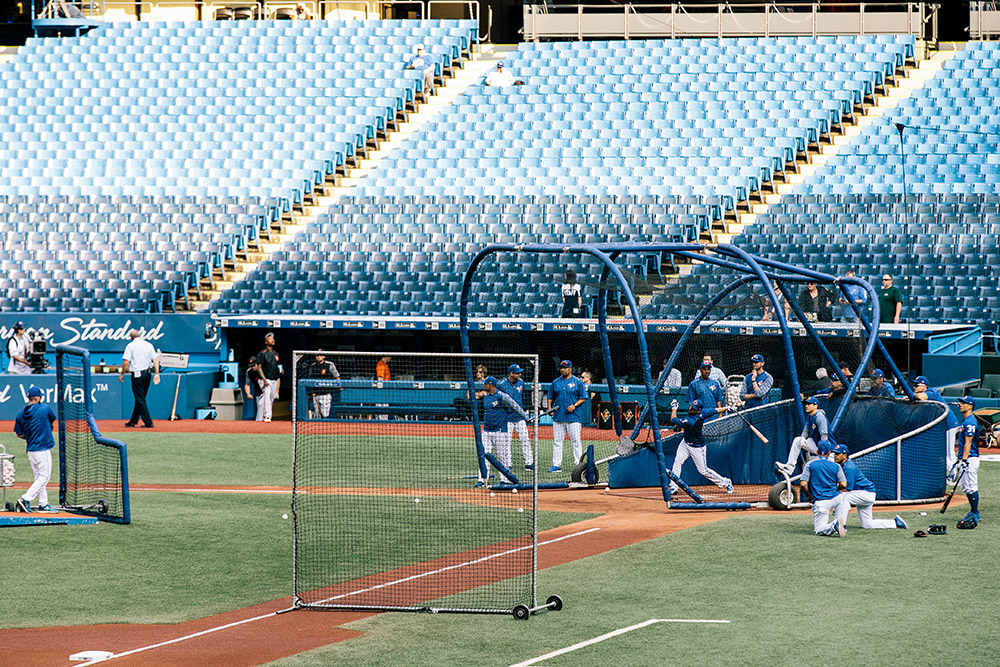

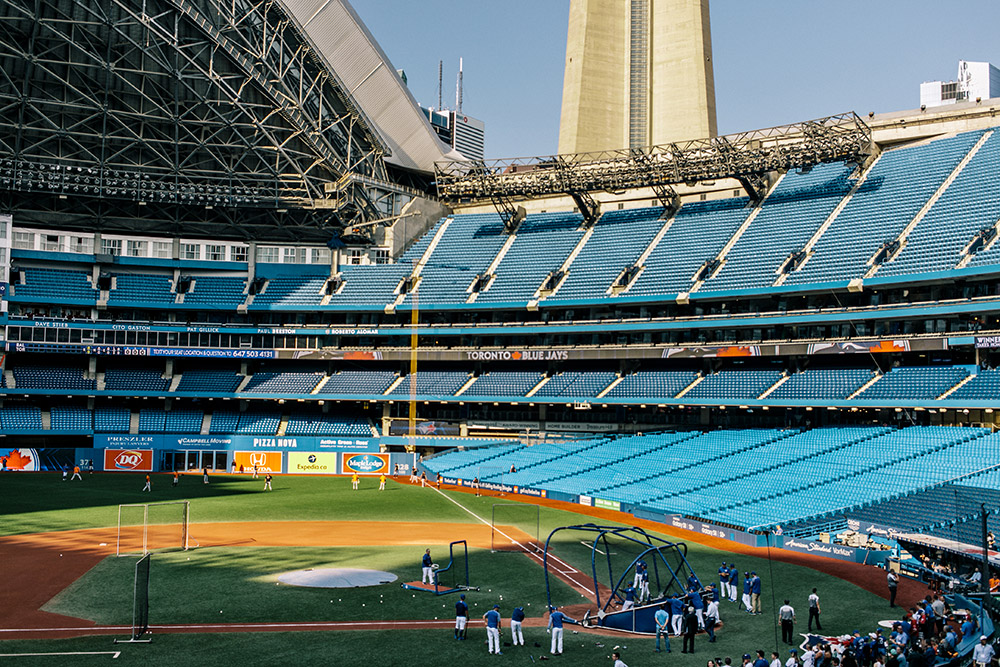

BP swings help build muscle memory but, as with Andreopoulos, the repetition can also create wear and tear on the body. As a result, some players opt instead to hit indoors or rest up. “If you feel like you don’t need to take batting practice that day, you talk to the coach or the manager and then you don’t have to,” Rivera says. “This is 162 games. We do this every day. So, the one day that you don’t take batting practice or take ground balls isn’t going to make a difference.”
There was a time that batting practice was much more demanding. When Buck Martinez reached the big leagues as a rookie in 1969, pitchers would throw BP between starts. They’d throw to their teammates — we’re talking sliders, not soft toss — and get instant feedback from the batter’s box. “He’d say, ‘Hey, I can see that curveball,’ or ‘Hey, I don’t like that slider, try a different one,’” recalls Martinez, who caught and managed at the MLB level before becoming the Blue Jays’ play-by-play announcer.
Over time, coaching staffs expanded and players stopped throwing BP. Now batting practice exclusively features fastballs, not that coaches’ pitches are particularly fast. “It’s really the one sport where you don’t practice at full-speed,” says Joe Siddall, a former big-league catcher and batting-practice pitcher who’s now part of the Blue Jays’ radio broadcast team.
As a result, hitters absolutely crush batting-practice pitches. “It’s not so much of a challenge,” says Bautista. “It’s just you doing what you have to do to get ready.” Sluggers aren’t the only ones who mash, either: Utility infielders and backup catchers reach the second deck routinely. Even some pitchers hit rockets. And as those line drives carom around the ballpark, it’s on everybody else to stay out of their way.
Before the hitter makes contact, coaches and fielders are at least peripherally aware of the pitch approaching home plate. The crack of the bat provides them with their next cue: it’s time for action.
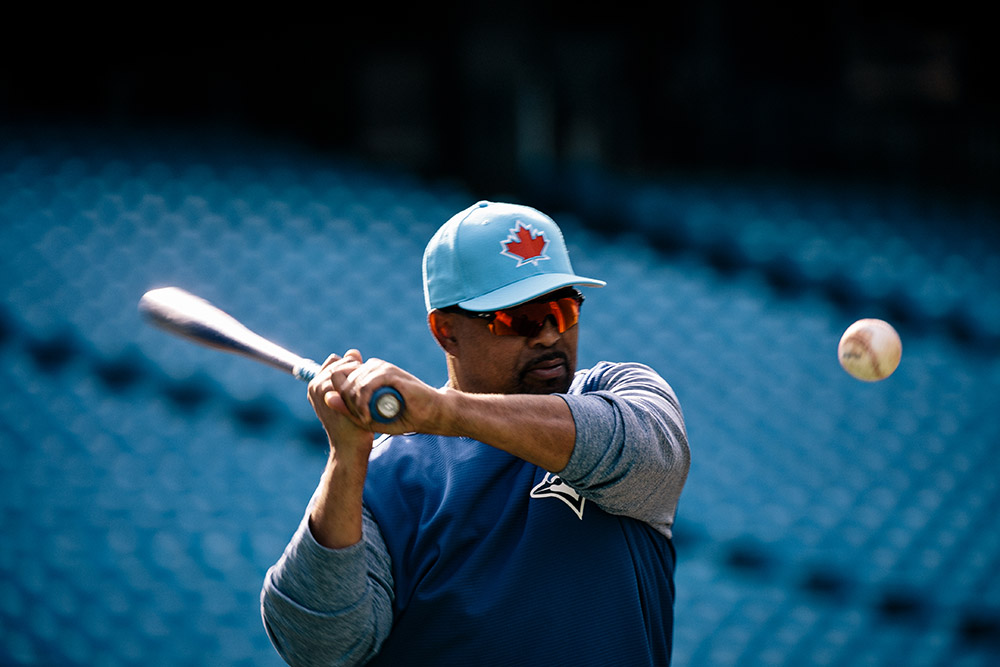
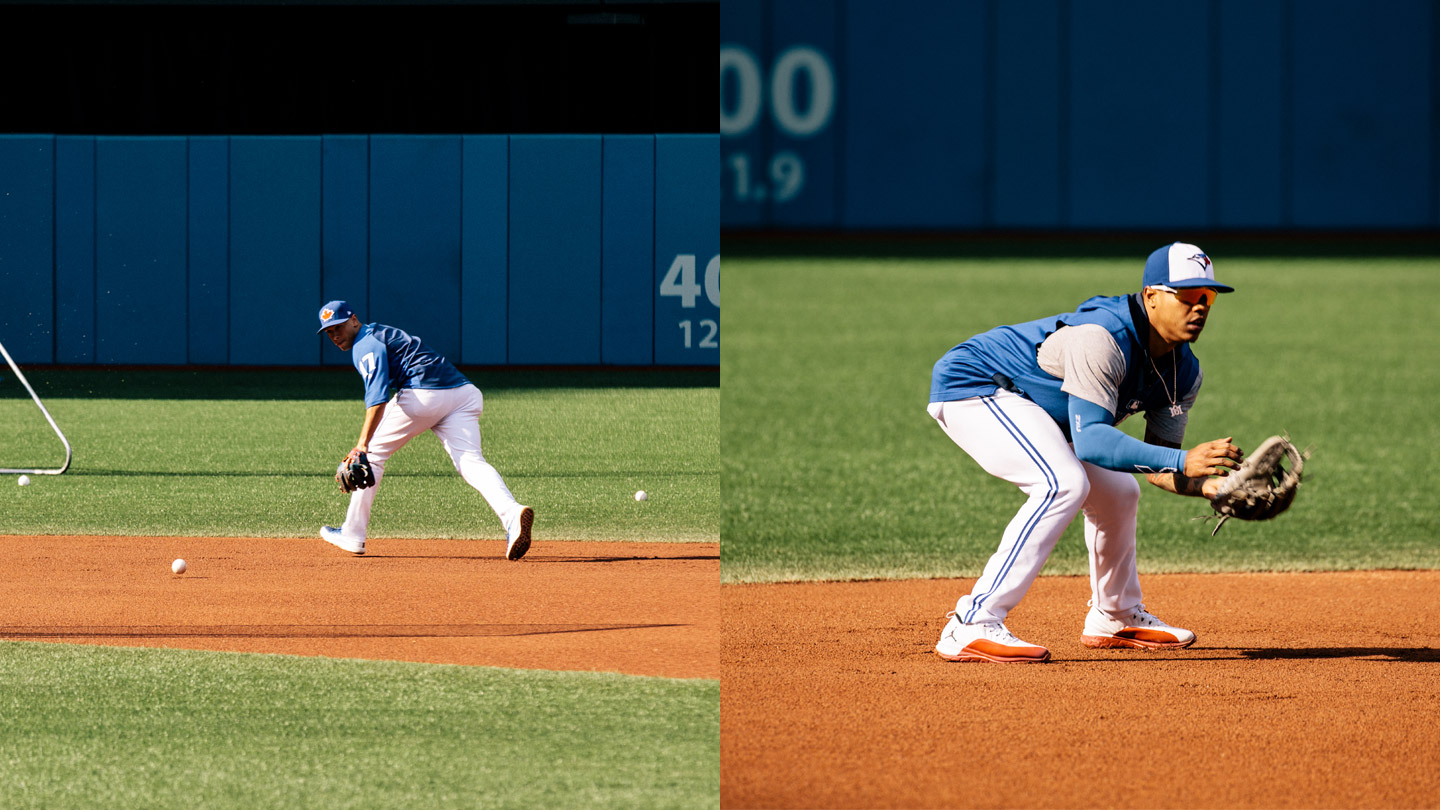
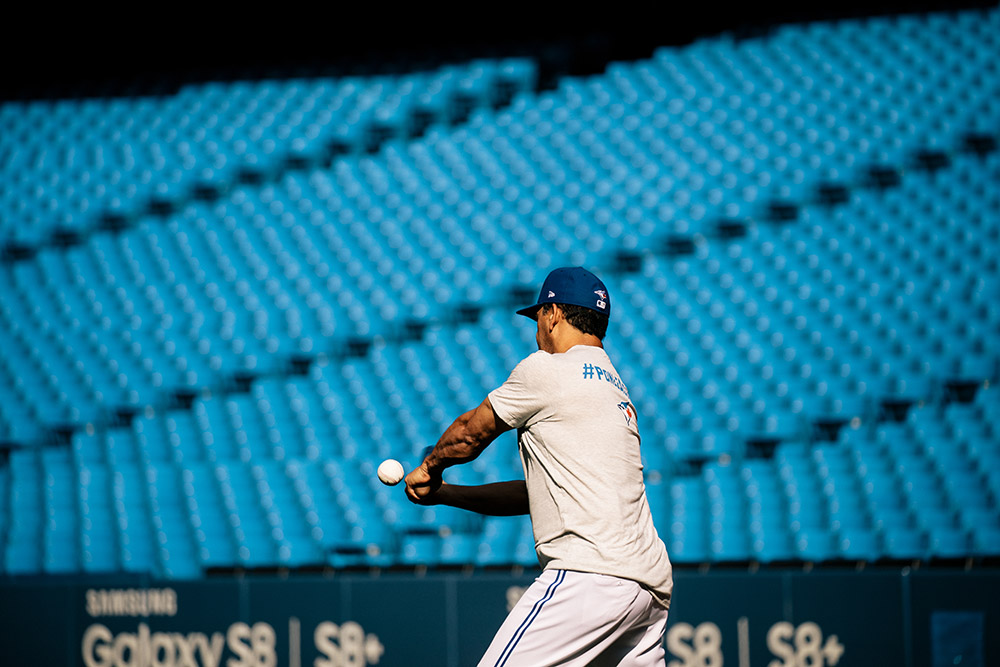

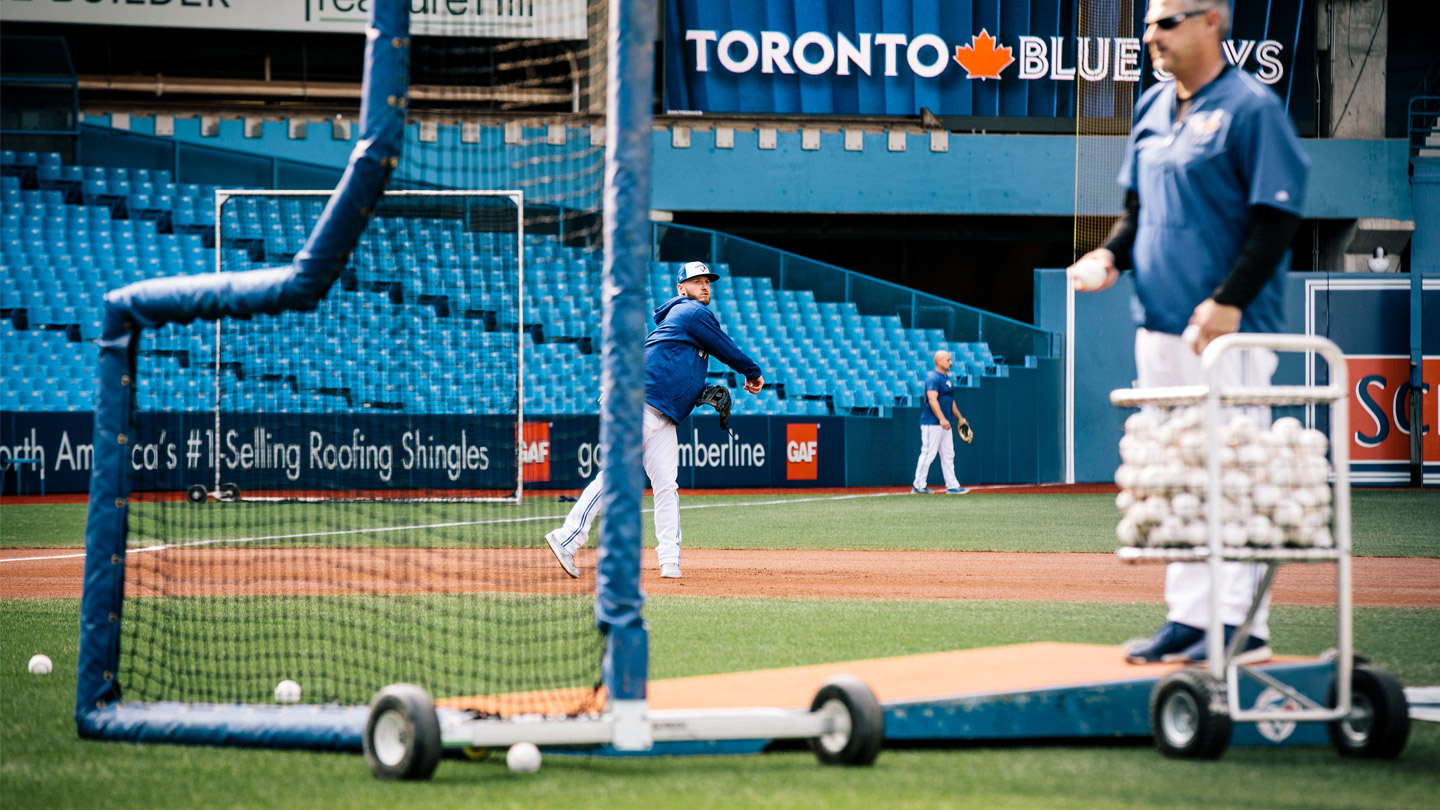
Once the batter makes contact, the coaches on either side of home plate can hit grounders toward the defenders stationed around the infield. One crucial condition must be met, though: if the hitter sends one near a fielder, the coach has to read the situation and stop.
“You don’t want the infielder seeing two balls come at him,” says Blue Jays bench coach DeMarlo Hale, who’s typically stationed on the first-base side with Rivera on the opposite side of the field. “By far the most important thing is never to put the infielder in danger where a batted ball is hit to him and he’s looking at you to start a grounder.”
That type of confusion’s more likely to happen early in a round of BP. Hitters typically start their session by dropping down a few bunts. Next, they hit a few balls the opposite way. Many of those opposite-field hits are grounders, which means infielders have to be ready to react. Soon enough, though, hitters start pulling balls into the seats, allowing those infielders to develop a rhythm.
“You just have this inner clock,” Martinez recalls. “You think ‘Time to field a ground ball, time find the hitter. Time to field the ground ball, time to find the hitter.’”
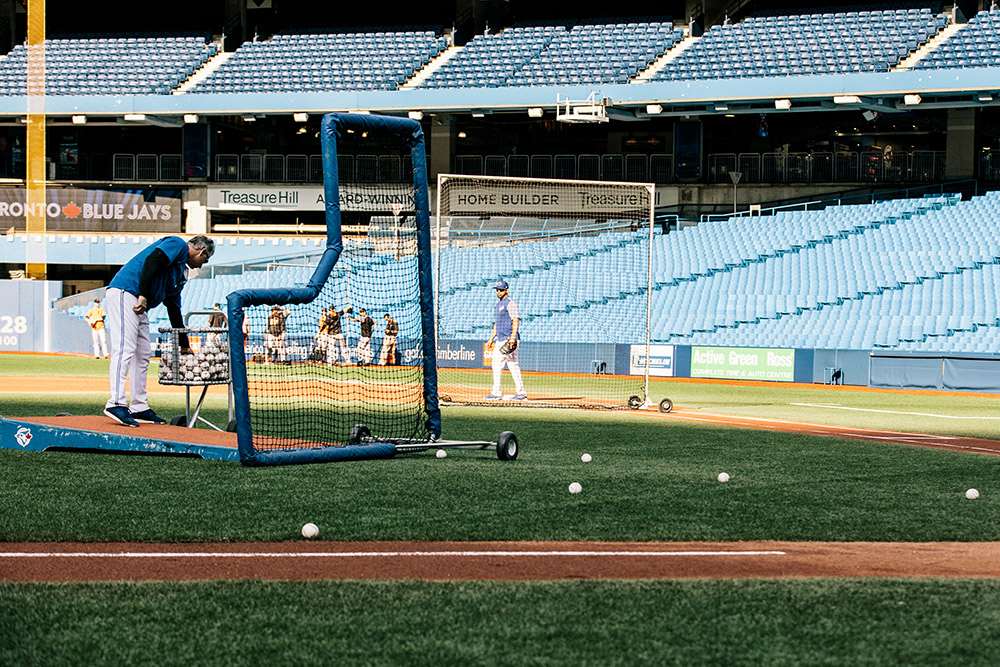
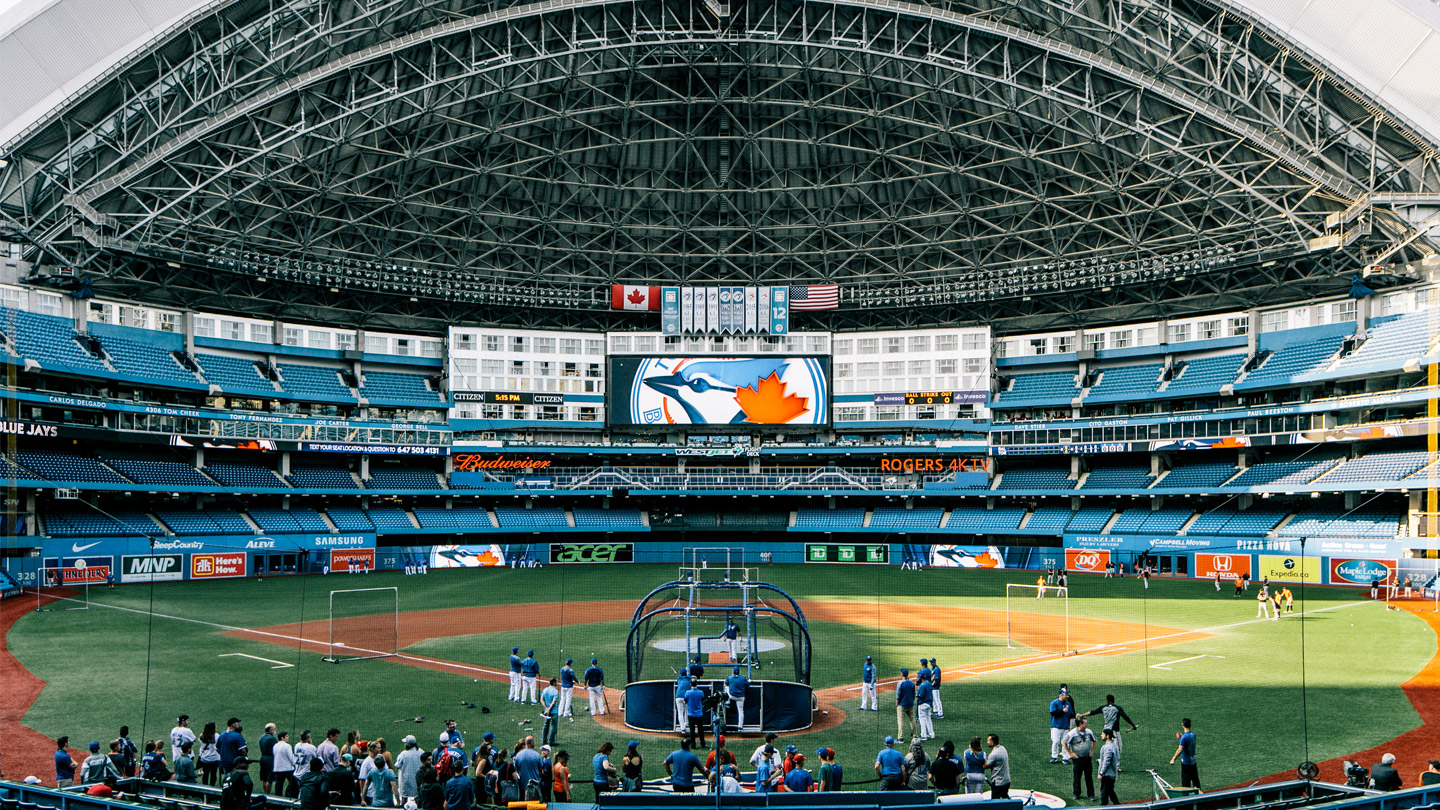
Occasionally, a quick-working pitcher will disrupt this rhythm. When that happens, Hale will speak up. “You have to say, ‘Hey, can you slow down?’” he explains. Otherwise, someone could be caught off-guard.
“The infielders might get smoked,” says Rivera, a shortstop for 11 big-league seasons. “It doesn’t happen often, but it’s happened before.”
Adding to the commotion, two coaches will often hit at the same time. For example, Hale might hit grounders to Donaldson at third base while Rivera hits to Ryan Goins at second (infielders aren’t the only ones who take on-field reps, either; Marcus Stroman can often be spotted testing his range at short). This means that multiple baseballs will often skip across the infield before the batted ball has even landed.
To the untrained eye, the whole routine can seem completely chaotic. But to the coaches and players it’s just another afternoon of BP.
As Hale says, “It’s a system.”

